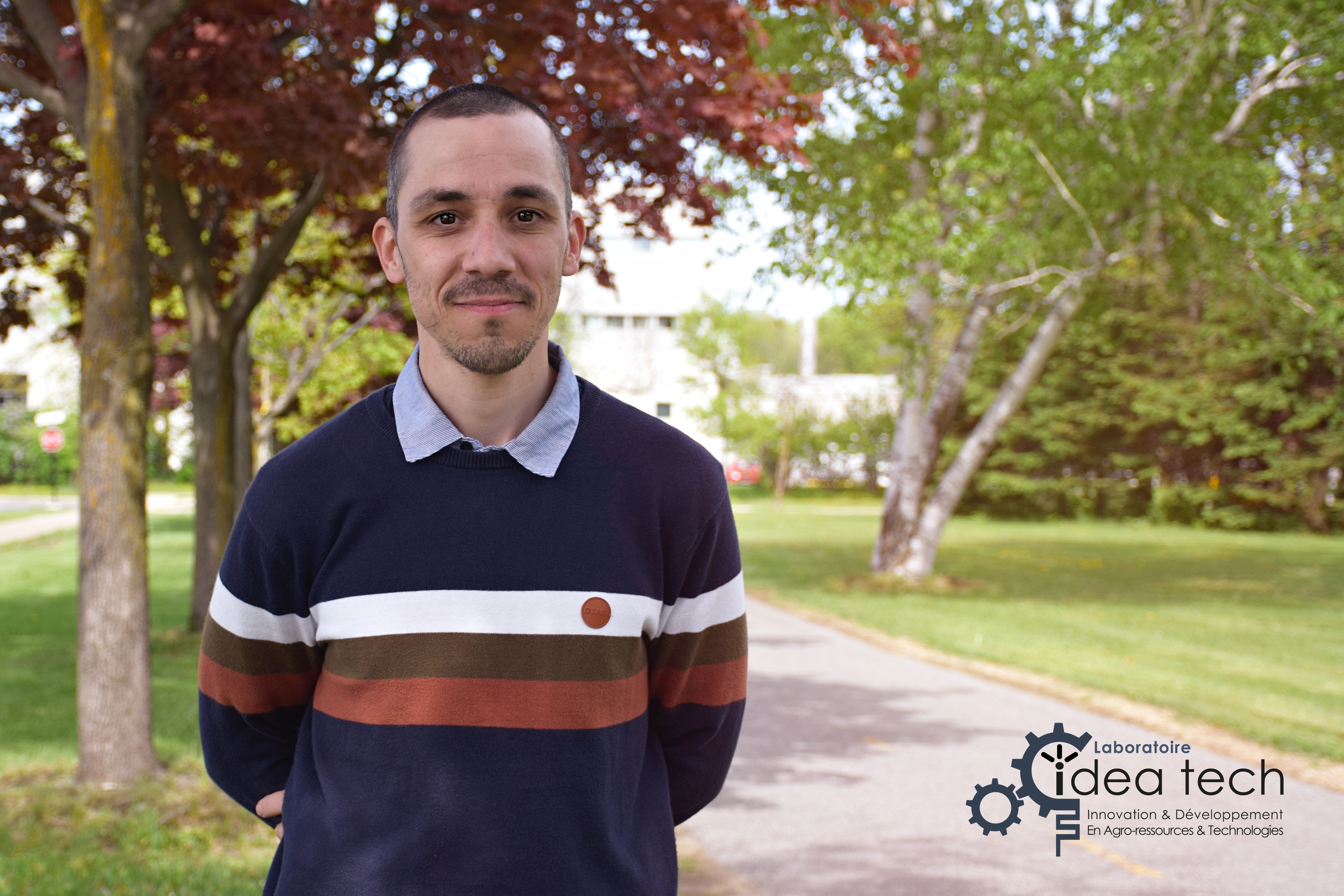Publications
- Année de publication : 2019-01-01
Référence
G. C. Urbain Marie; V. Perreault; L. Henaux; V. Carnovale; R. Aluko; A. Marette; A. Doyen, L. Bazinet. 2019. Impact of a high hydrostatic pressure pretreatment on the separation of bioactive peptides from flaxseed protein hydrolysates by electrodialysis with ultrafiltration membranes. Separation and Purification Technology, 211, 242-251.
Information Complémentaire
Lien vers l'article : https://www.sciencedirect.com/science/article/pii/S138358661832937X
Mot(s) Clé(s)
Peptides bioactifs Protéines de graines de lin Hautes pressions hydrostatiques Électrodialyse Ultrafiltration
Résumé
High hydrostatic pressure (HHP) and electrodialysis with ultrafiltration membranes (EDUF) are two efficient technologies used respectively to improve protein enzymatic hydrolysis and recovery of bioactive peptides, but they have never been tested together. Hence, in this study, HHP pre-treatment was performed on defatted flaxseed protein isolate prior to enzymatic hydrolysis and the resulting peptides were separated by EDUF. HHP pretreatment influenced particle size, protein conformation, and degree of hydrolysis. After EDUF separation, peptide fractions (generated after enzymatic hydrolysis of control and pressure-treated protein isolate) recovered in KCl fraction were enriched in arginine and associated with a decrease in systolic blood pressure (SBP) in spontaneously hypertensive rats. Additionally, the final EDUF hydrolysate generated from pretreated protein and the initial EDUF hydrolysate from native protein were also associated with lower SBP. However, only the control KCl fraction obtained from native protein hydrolysate was associated with anti-diabetic activity.


